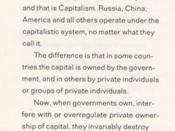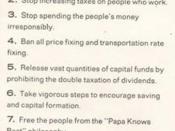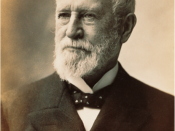UV0904
This case was prepared by Edward D. Hess, Professor and Batten Executive-in-Residence. It was written as a basis for class discussion rather than to illustrate effective or ineffective handling of an administrative situation. It was adapted from Professor Hess's story about Tiffany & Company in his book The Road to Organic Growth: How Great Companies Consistently Grow Marketshare from Within (New York: McGraw-Hill, 2006). Copyright © 2007 by the University of Virginia Darden School Foundation, Charlottesville, VA. All rights reserved. To order copies, send an e-mail to sales@dardenbusinesspublishing.com. No part of this publication may be reproduced, stored in a retrieval system, used in a spreadsheet, or transmitted in any form or by any means-electronic, mechanical, photocopying, recording, or otherwise-without the permission of the Darden School Foundation.
TIFFANY & COMPANY
Tiffany & Company (Tiffany) was the leading U.S. luxury jewelry brand, generating more than $2.6 billion in revenue through 167 retail outlets globally and from catalogue and Internet sales. Tiffany's market cap was approximately $4.4 billion.
For nearly 170 years, Tiffany had managed its brand. To this end, its growth strategy had been called "Growth without Compromise." Tiffany had executed this strategy by limiting its annual store openings, phasing rollouts of new products, limiting sales of its lower-priced products, and refusing to license the Tiffany name outside of its core competencies.
In February 2007, Trian Fund Management LP, a hedge fund run by the billionaire investor Nelson Peltz, announced that it had previously bought a 5.5% stake in Tiffany, becoming its largest shareholder. Trian believed that Tiffany was undervalued and stated that it wanted to help the company "improve its earnings per share by addressing various operational and strategic issues."
In response, Tiffany began to consider different actions to increase shareholder value. Under consideration were two strategic moves: opening more...


